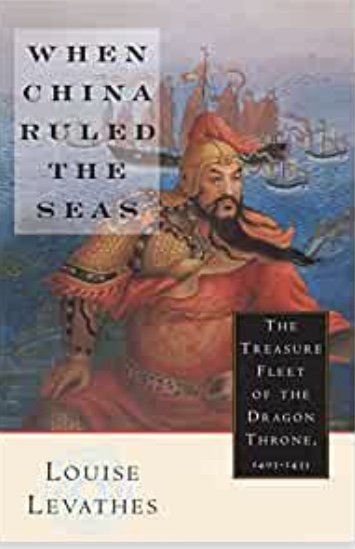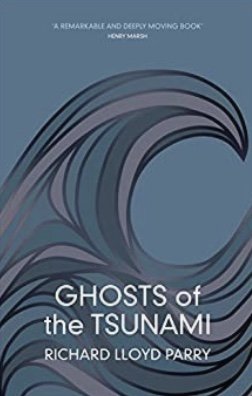The Aosawa Murders by Riku Onda, translated by Alison Watts (Bitter Lemon Press)
Riku Onda is the pen for Nanae Kumagai, a Japanese writer who was born in Aomori Prefecture and raised in Sendai. She has won several awards in Japan for her works such as the Eiji Yoshikawa Prize, the Japan Booksellers’ Award, the Mystery Writers of Japan Award, and the Naoki Prize. Many of her works have been adapted into television series and feature length films.
The Aosawa Murders is her first book to be published in English. It was originally published in the Japanese language in 2005 with the title Eugenia by the Kadokawa Corporation. The English version came out in 2020, translated by Alison Watts who has also translated Spark by Naoki Matayoshi, a book that won Japan’s most prestigious literary award, the Akutagawa Prize in 2015.
The Aosawa Murders is also Onda’s first mystery novel. It is part psychological thriller and part murder mystery. However, the murders were committed over thirty years ago, on a summer day in an unnamed town in an unnamed Prefecture. However, there are clues to pin down the place as Kanazawa in Ishikawa Prefecture, a fairly large town located on the coast of the Sea of Japan.
There’s a celebration for three members of the Aosawa family who share their birthdays on the same day. However, the celebration becomes a tragedy as seventeen people die—by drinking soda and sake which is laced with cyanide. The only family member who survives is the Aosawas’ daughter—Hisako Aosawa. Unfortunately, Hisako Aosawa didn’t see the people dying around her—as Hisako is blind.
The story opens with a transcript of the police interview with Hisako Aosawa. In the interview, Hisako mentions a blue room and a white flower—a white crepe myrtle flower. This will become a clue as to what happened at that party.
Although a suspect is later found, the case falls apart as the prime suspect commits suicide. As the years pass by, the detective who first worked on the case is convinced that Hisako played a part in the crime. A lot of the townspeople suspect Hisako as well, including one of Hisako’s childhood friends, a woman by the name of Makiko Saiga who was a little girl at the time of the tragedy and was one of the first people to witness the hellish scene.
Saiga would write a book about the incident more than ten years after that fatal day. It became a bestseller but the author herself would not say if it was either fiction or nonfiction. She tells an unnamed interviewer, “What do you think a person should do when they come across something they don’t understand? Should they reject it, pretend they never saw it? Be angry or resentful? Grieve or simply be confused?”
She felt she had to write the book to make sense of what happened, but as with the case itself, the book doesn’t come to any real conclusions and leaves the reader with more questions than answers.
This is the beauty of Riku Onda’s story. As with Makiko Saiga’s novel, which she titled The Forgotten Festival, The Aosawa Murders also ends ambiguously. Her style of writing may take a little getting used to at first. Even after you realize that each chapter is told through the perspective of several different characters who are somehow connected to the Aosawas or the Aosawa house, the book still leaves the reader with more questions than answers. Was Hisako Aosawa the mastermind of the poisoning? Did she have a role in what happened? And why did the prime suspect kill himself? Everything is left to conjecture. The story is very thought-provoking but frustrating as well. It is up to you to draw your own conclusion. ~Ernie Hoyt



















